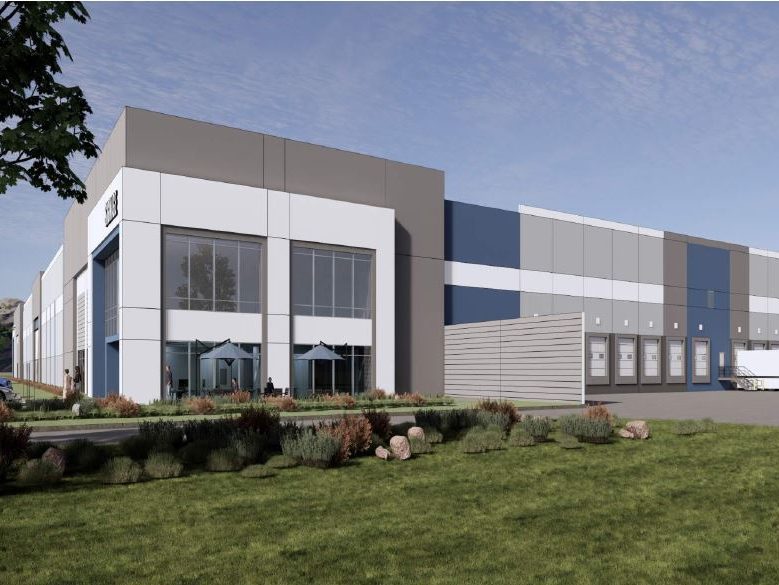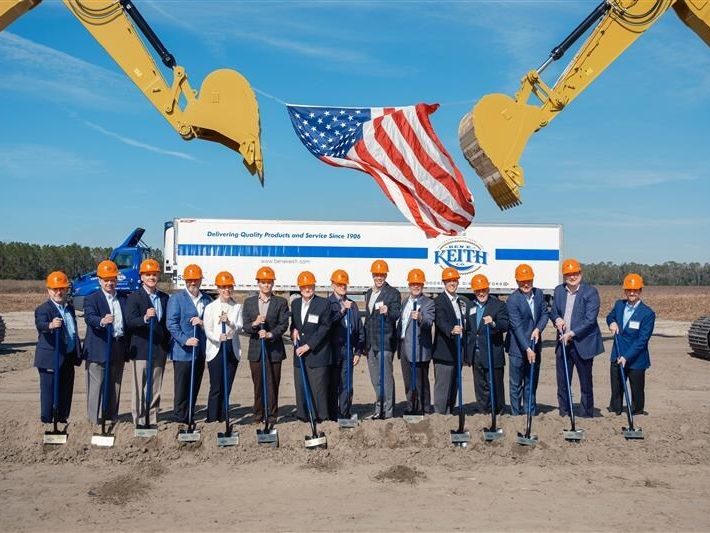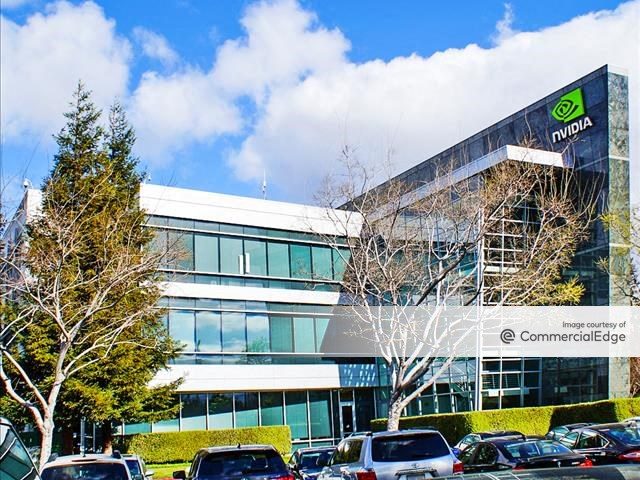Developing a Successful Employee Retention and Attraction Plan
Below are three strategies your firm should consider to draw and retain talent to your business, according to Phillip Ross of Anchin.
New York’s construction industry is actively trying to hire and retain young talent. Firms now have the ability to build innovative and cutting-edge structures by utilizing technology such as BIM, drones and AI, among other methods that are attracting up-and-coming professionals. Additionally, construction firms are also the most diverse they have ever been and are making concerted efforts to bridge generational gaps, create inclusive environments and offer more modern health and wellbeing and workplace strategies.
All of this is great for attracting talent, but with such low unemployment, to get the best and brightest minds in the industry, there is no escaping the need for creative compensation programs. As we enter a new decade, firms need to focus on retaining their talent not only with competitive pay, but also benefits programs that incentivize performance and firm loyalty, while not ignoring the importance of intangibles as well.
Here are three strategies your firm should consider to not only draw talent to your business, but retain it as well.
Salary
At the end of the day, young professionals especially, and industry veterans focus on how much a firm is willing to pay. Young professionals, especially with little industry experience, tend to heavily weight pay rather than the track record and history of construction firms. Seasoned professionals may have more nuanced needs and value other factors, but they still view pay as a central factor determining where they work.
Firms should definitely consider the enticing nature of salaries, but should also seize the opportunity to stress to employees the professional benefits of working for a particular firm and how it is an investment in one’s career. Sharing a vision for the employee’s future career path and salary increases will also help. Overly high salaries are not sustainable, so strategizing other benefits is key.
Implementing a Mentorship Program
In line with this professional development focus, firms can differentiate themselves by developing career outlets within the company. Construction firms have started to implement in-house mentorship programs that provide career support for younger employees.
These mentorship programs serve as a two-way street and benefit both the employees and the company. Employees develop professional relationships and hone important skills while simultaneously growing with company values in mind, benefitting the firm.
By installing a mentorship aspect, firms can retain talent thereby developing their own homegrown people and reducing learning curves that come with hiring people to replace those that leave. This also is important in welcoming new employees and making them feel they are an important part of the company.
The Benefit of Benefits
Extensive benefits offerings and bonus incentives are also key. Construction companies are increasingly taking a cue from Silicon Valley and are providing creative benefits and in-work amenities. These combined with robust bonus incentives keep employees happy and productive.
Another incentivized benefit that construction firms have begun to introduce into packages for more experienced employees are retention bonuses. With the promise of a substantial bonus after a stated number of years of commitment to the firm, many seasoned employees are more inclined to remain with a firm because they believe in long-term success. While retention bonuses serve to attract industry veterans, some are using signing bonuses as a strategy towards attracting and enticing younger professionals.
A strategy some firms are utilizing to appeal to experienced professionals in the construction field is to offer life insurance plans. Unlike young professionals, older professionals are more likely to be supporting families, making insurance programs all the more appealing.
Developing these other programs will help construction companies to improve their employee retention and attraction rates and in the long run be much less expensive and more successful than relying on only paying higher salaries.
Phillip Ross, CPA, CGMA is an accounting and audit partner at Anchin and leader of the firm’s Architecture and Engineering and Construction Industry Groups. His clients range from fast-growing companies to well-established firms in construction, architecture, engineering and real estate development and he works with them to achieve their accounting, business and financial goals.








You must be logged in to post a comment.